- The construction of the Anhui-East Power Transmission Project has achieved a historic breakthrough in China's power grid construction
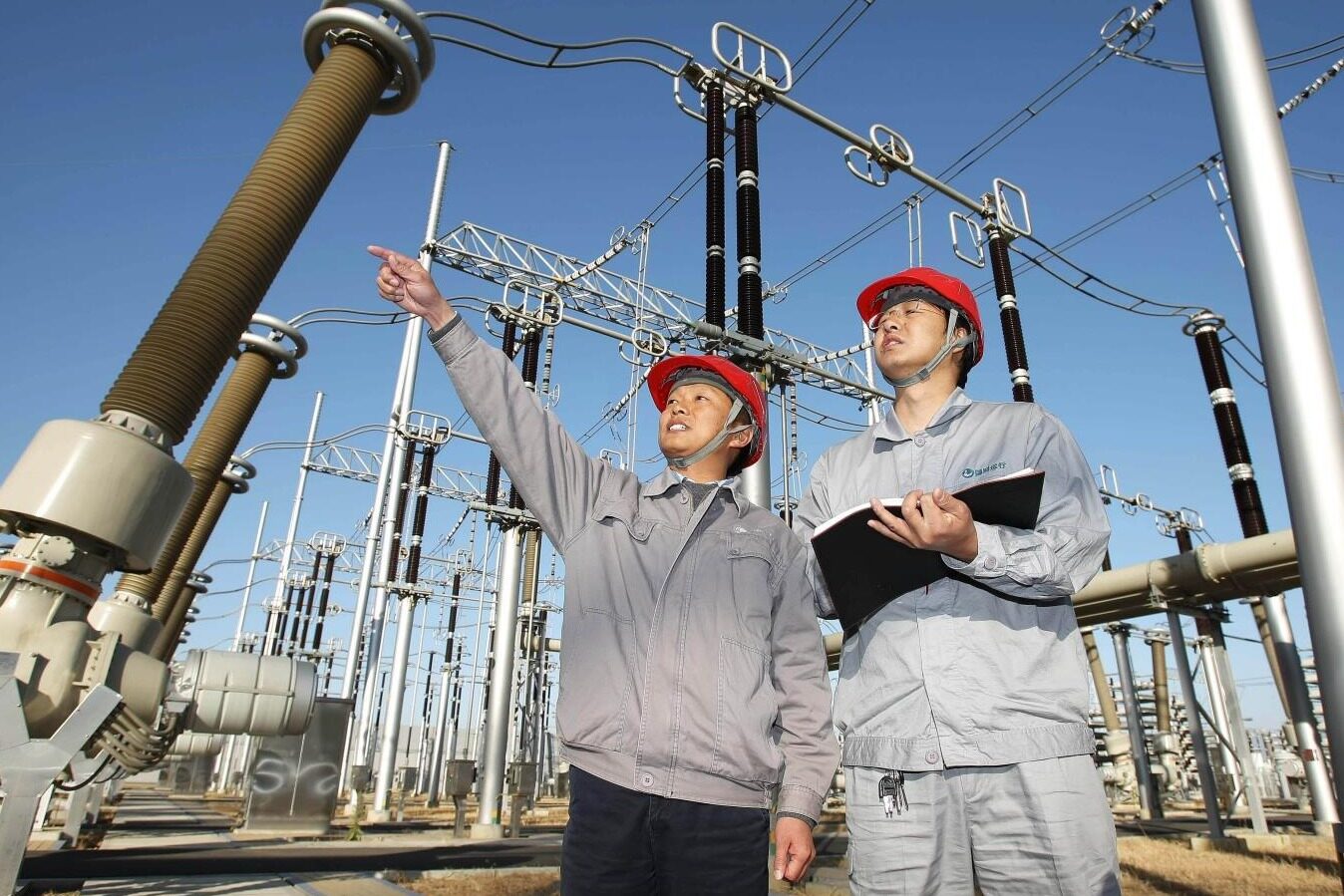
UHV is a voltage class of AC 1000 kV and above and DC ± 800 kV and above. Its technical difficulty and high requirements for equipment are also unprecedented. From the perspective of the global situation, the history of the power grid has gone through more than 100 years. For more than 100 years, the transmission distance has become farther and farther, and the voltage level has become higher and higher. At present, the highest level of the transmission network has exceeded 1,100 kV, which is 4,500 times that of the lowest level of household electricity voltage of 220 volts. From the highest voltage level to the lowest voltage level, step-down step-down constitutes a huge and complex power transmission and distribution network, which is the case in all countries. In the 1960s and 1990s, the former Soviet Union, the United States, Japan, Italy and other countries conducted preliminary research on UHV AC power transmission, but they failed to form mature technology and equipment. In China, it has not only made comprehensive breakthroughs in UHV theoretical innovation, technical research and engineering practice, but has also become the first and only country in the world that has successfully mastered and practically applied this cutting-edge technology.
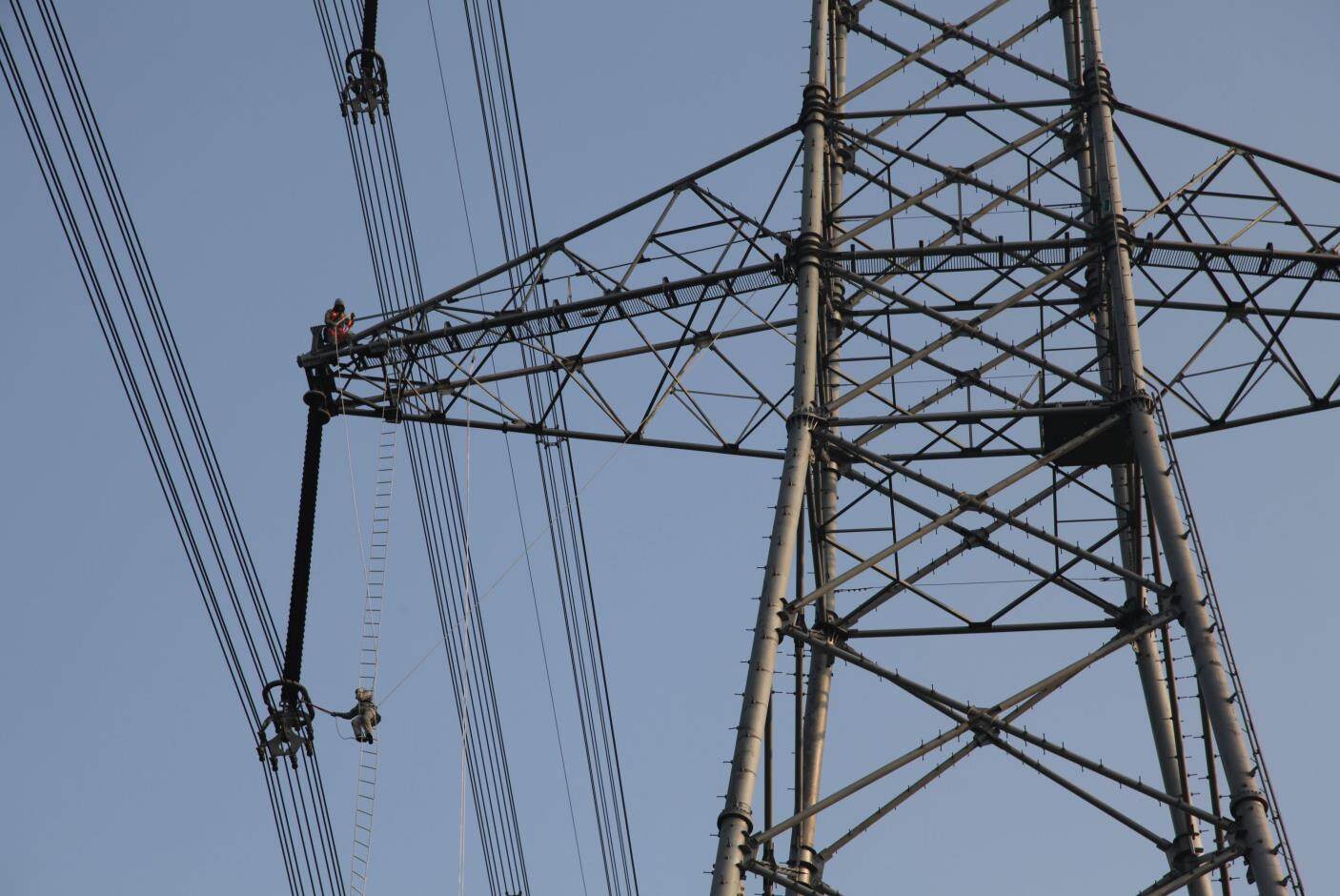
As far as China is concerned, the widespread application of UHV transmission technology has elevated the development of the power industry to an unprecedented level. However, this also triggered a new round of "AC vs. DC route battle". From the current grid structure, there are six regional grid patterns in Northeast China, North China, Northwest China, Central China, East China, and South China. Most of the areas are connected asynchronously through DC lines to ensure that the power outage is controlled within the area and avoid the spread of accidents across areas. In order to solve the contradiction between the "reverse distribution" of energy resources and economic development, China has implemented a long-distance "West-East Power Transmission". After the emergence of UHV, 800kV DC power transmission has gradually become the first choice for long-distance cross-regional power transmission.
Anhui coal-to-electricity transmission
On September 25, 2013, under the instructions of Shu Yinbiao, the then general manager of State Grid, the world's first double-circuit UHV project was put into operation. The total investment of the project is 150 billion yuan. It will use the rich coal resources in Huainan, Anhui to generate electricity, strengthen the construction of coal power bases, and then use the large-capacity, long-distance, low-loss UHV power grid to send it to the high power consumption areas in East China. This is the power transmission from Anhui to the East!
"East Anhui Power Transmission" is an important part of the National Electric Power Development "Eleventh Five-Year" plan and a major strategy to optimize the allocation of energy resources in East China. The main power grid projects include: East Channel Project, Middle Channel Reinforcement Project, West Channel Project, Xuancheng-Fuyang Inter-Provincial Channel, Southern Anhui-South Jiangsu Inter-Provincial Channel, 1000kV Huainan-North Zhejiang-Shanghai UHV AC Transmission Project, etc. By the end of October 2012, the project has entered the most critical stage of crossing the Yangtze River, and the crossing tower constructed for this purpose is 277.5 meters high. The project spans the Yangtze River, which is about 3 kilometers long, and is directly spanned by two transmission towers on the north bank of the Yangtze River. Since the two circuits are spanned by the same transmission tower, the dead weight of the line is more than twice that of the general line, and the requirements for the firmness of the tower base and the stability of the spanning tower body are higher than before. largest project. Including four stations and three lines and their supporting secondary system, dispatching and communication system engineering. The project starts from Huainan Substation in Anhui, crosses Huaihe River and Yangtze River successively, passes through Southern Anhui and Northern Zhejiang Substations, ends at Huxi Substation in Shanghai, and passes through 21 counties and cities in 4 provinces (cities). The whole line is erected on the same tower with double circuits, and the substation capacity is 21 million KVA. The total static investment of the project is 18.536 billion yuan, which is jointly funded by Anhui Electric Power Company, Zhejiang Electric Power Company and Shanghai Electric Power Company.
UHV double-circuit transmission on the same tower
In the whole project, it is necessary to fully grasp the key technologies of UHV AC double-circuit transmission on the same tower, and realize the re-innovation of secondary current suppression, lightning protection, reactive power compensation, overvoltage limitation, electromagnetic environment control, and tower application, etc., and promote the project. Further innovation and development of design, equipment development, construction, operation and maintenance technologies will consolidate and expand China's leading position in the field of international high-voltage power transmission and transformation. During the construction period, State Grid carried out 107 major scientific research projects. A series of technical standards have also been developed. Applied for nearly 100 patents. According to the previous trial operation, the Anhui-East Power Transmission Line runs stably, safely and effectively. It is understood that UHV transmission technology is known as the Mount Everest in the field of transmission. China launched its first UHV project in 2009, and it took only four years to build three UHV lines with a total length of more than 4,000 kilometers.
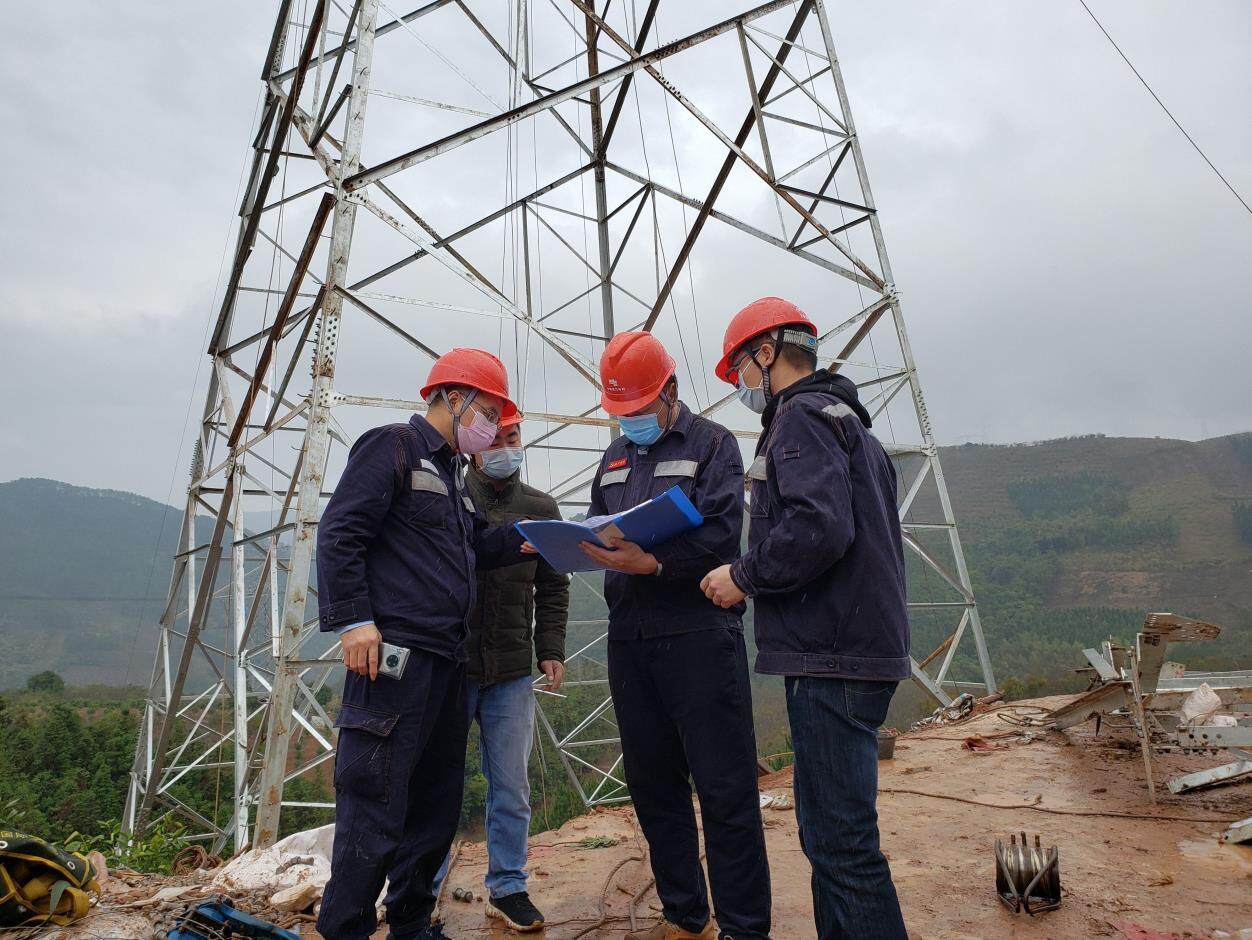
Sun Xin, assistant general manager of State Grid, said: "After the project is put into operation, it will significantly improve the ability of East China Power Grid to receive incoming calls from outside the area, and Anhui, Zhejiang, Jiangsu, Fujian and Shanghai will all benefit." The project starts from Huainan, Anhui in the west and passes through southern Anhui. , north of Zhejiang to Shanghai. Zhejiang North Railway Station is located in a mountainous area, with a total excavation and filling volume of 1.37 million cubic meters; Shanghai West Railway Station is located in the Yutang River Network area, with 16,200 pile foundations; the average concrete volume per kilometer of the entire line is about 1,000 cubic meters, and the construction of ground and line foundations is difficult. big. The total length of the line is 656 kilometers, and there are 1,421 iron towers. The average tower weight exceeds 180 tons and the average tower height exceeds 100 meters, which is equivalent to nearly 30 floors. The maximum weight of a single tower is more than 6 tons (up to 4 tons in mountainous areas). A single tower is equivalent to a long-span tower in conventional engineering. Nearly 60% of the entire river network is swamps and hills. The transportation, stacking and erection of tower materials are far more difficult and challenging than conventional engineering and experimental demonstration engineering.
electric highway
"Huainan Power Plant does not generate electricity, Shanghai and Zhejiang are black." This sentence describing the dependence of the Yangtze River Delta on Anhui energy will be more prominent in this "pan-Yangtze River Delta" energy community in the future. In 2012, the project entered the harvest period. The 500 kV West Channel power transmission and transformation project was delivered three months ahead of schedule. So far, the construction of the 500 kV transmission line has been successfully completed. The number of 500 kV tie lines from Anhui Power Grid to East China Power Grid increased to 7, and the output increased from 3 million kilowatts to 7.5 million kilowatts. The No. 1 600,000-kilowatt supercritical generating unit of the first-phase project of Huai-Zhejiang Coal and Electricity Fengtai Power Plant was put into commercial operation and began to transmit electricity to Zhejiang. Anhui Province has sent 26.947 billion kWh of net electricity to the East China Power Grid. This power transmission and transformation project with the largest scale, largest investment and widest coverage took only three years. Its completion means the construction of Anhui Power Grid in the first three years of the "Eleventh Five-Year Plan", which is equivalent to the sum of the past 50 years. Through this electric expressway, the "Wujin" of the two Huaihe Rivers will use electric power to drive to the Yangtze River Delta, allowing Anhui to seamlessly connect with it. Han Xiancai, Vice Minister of Communications and Construction of State Grid, said: "It is estimated that by 2015, after a batch of external trunk lines are completed, more than 300 billion kilowatt-hours of electricity will be delivered to the eastern region every year, which is equivalent to the construction of nearly 70 million kilowatts of power plants in the eastern region. "
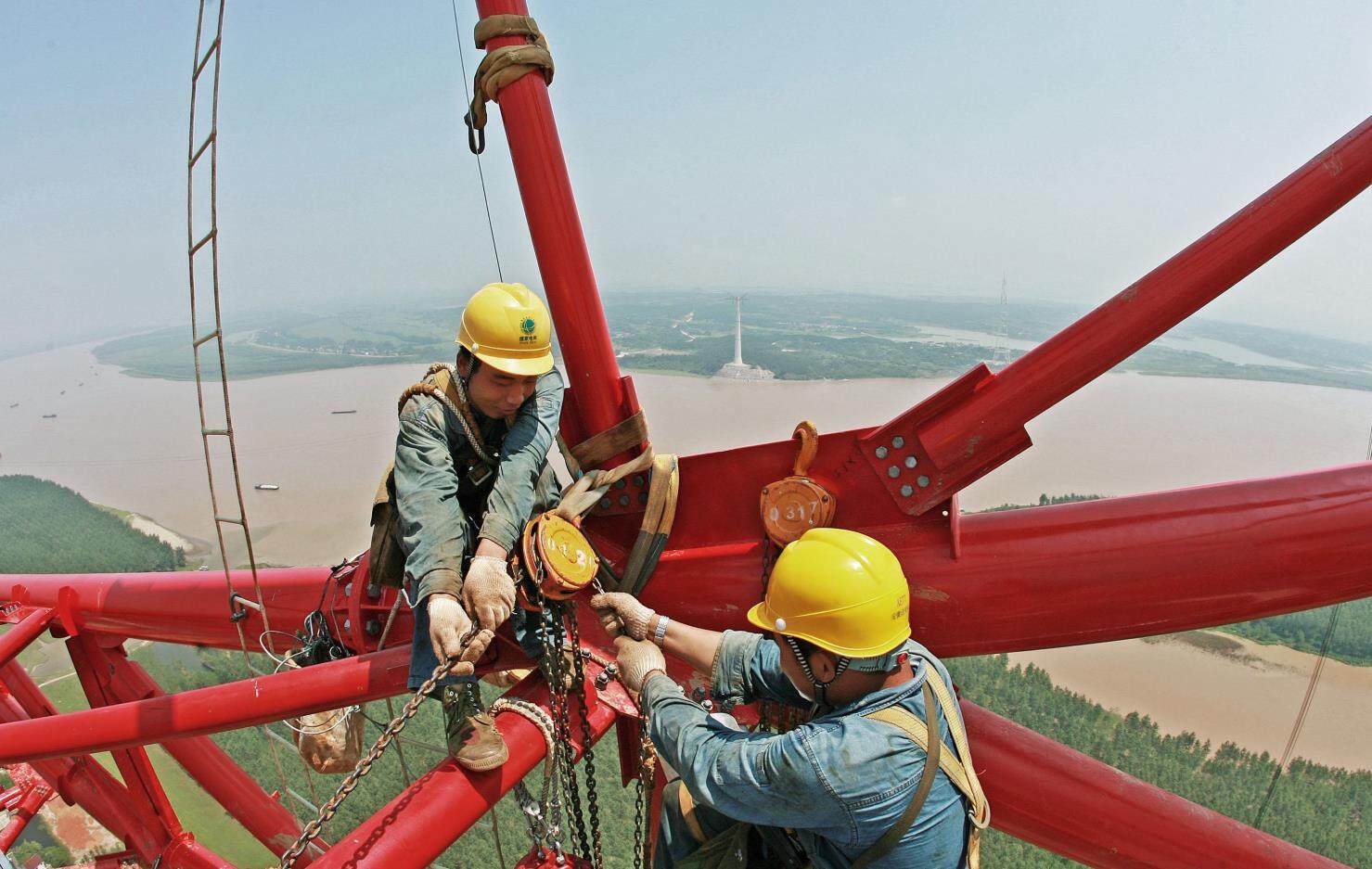
Bai Jianhua, Deputy Chief Economist of National Energy Research, said: "We have built a Yangtze River Delta, Beijing-Tianjin-Hebei as a whole, and cross-regional power transmission under the condition of energy balance, the governance effect of this PM2.5 can reach 25%-30% %, or even higher.” The Anhui-East Power Transmission Project has realized the optimal allocation of resources. The worldwide problem of tight coal, electricity and oil transportation requires people to optimize power transmission and coal transportation to achieve better resource allocation. "Anhui-East Power Transmission" can reduce the pressure of railway transportation, reduce the pollution and waste of coal transportation, and reduce the pressure of land environmental protection for power plant construction in Jiangsu, Zhejiang and Shanghai.
Major changes in China's power grid in the future
In the long run, with the rapid development of the western economy and changes in the balance of energy resources, long-distance, large-capacity power transmission cannot continue to develop endlessly. This change could happen around 2035. At that time, the form of China's power grid will undergo great changes, gradually transforming from a centralized large-scale power grid development model to a centralized large-scale power grid focusing on comprehensive energy utilization and a distributed smart grid model.
"Distributed power generation and long-distance power transmission are complementary." Huang Yu said that after the reform and improvement of China's energy and power system and mechanism, distributed energy power generation technology will be widely used, which will promote the development of distributed new energy such as wind power, photovoltaics, and hydrogen energy. Nearby power supply and local consumption. The regional power grid will be asynchronously and flexibly interconnected, so that it will be safer and more friendly to receive external power and local distributed power to generate electricity and achieve regional balance.
Now that electricity is coming from afar, this may change completely one day in the future. "In the long run, the cost of distributed wind power and photovoltaics is falling rapidly, and the cost of various energy storage technologies is also falling, which makes it possible to 'obtain power from the side'," said Du Xiangwan, an academician of the Chinese Academy of Engineering.Editor/XingWentao
Comment
 Praise
Praise
 Collect
Collect
 Comment
Comment
 Search
Search


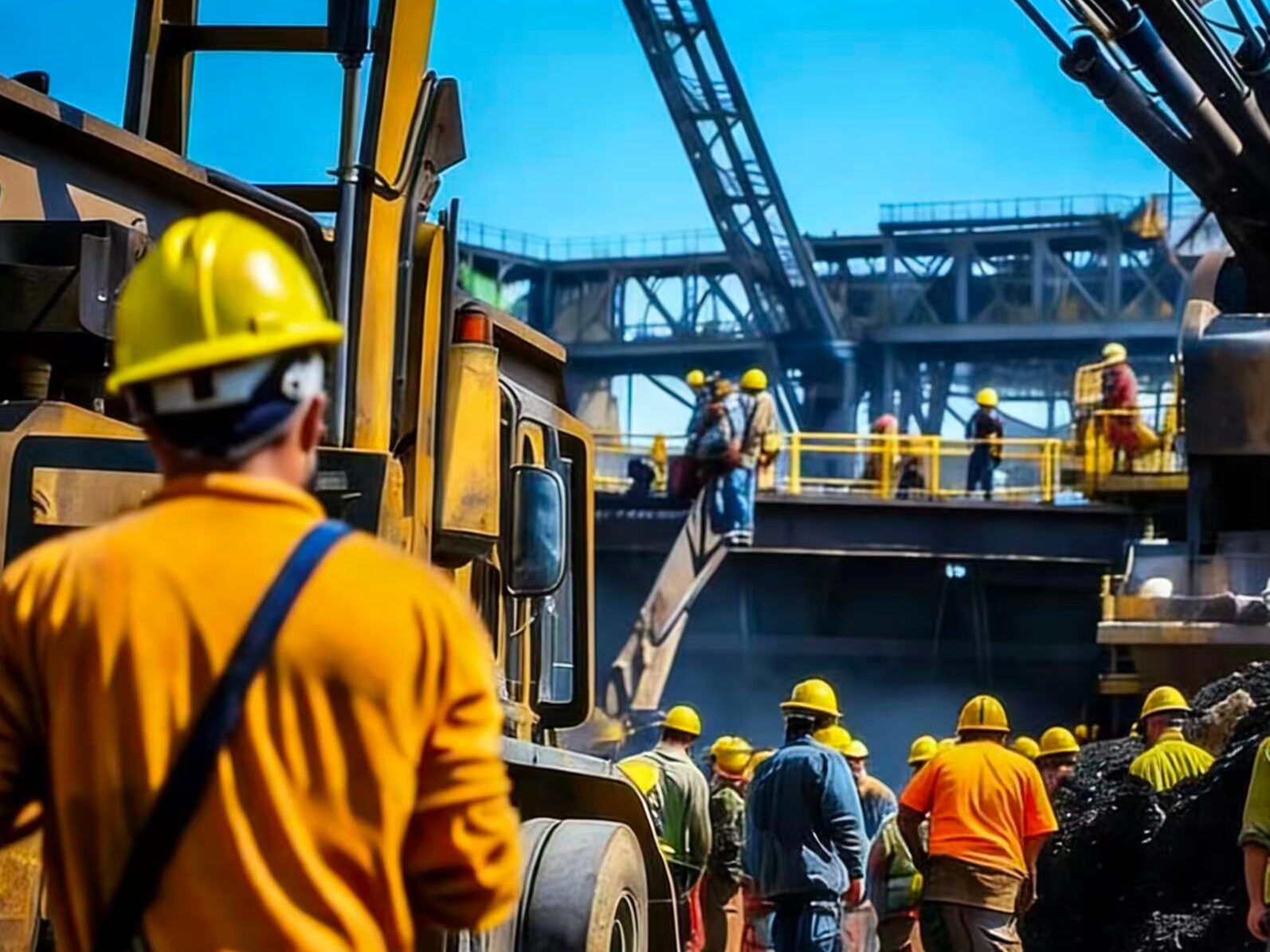











Write something~